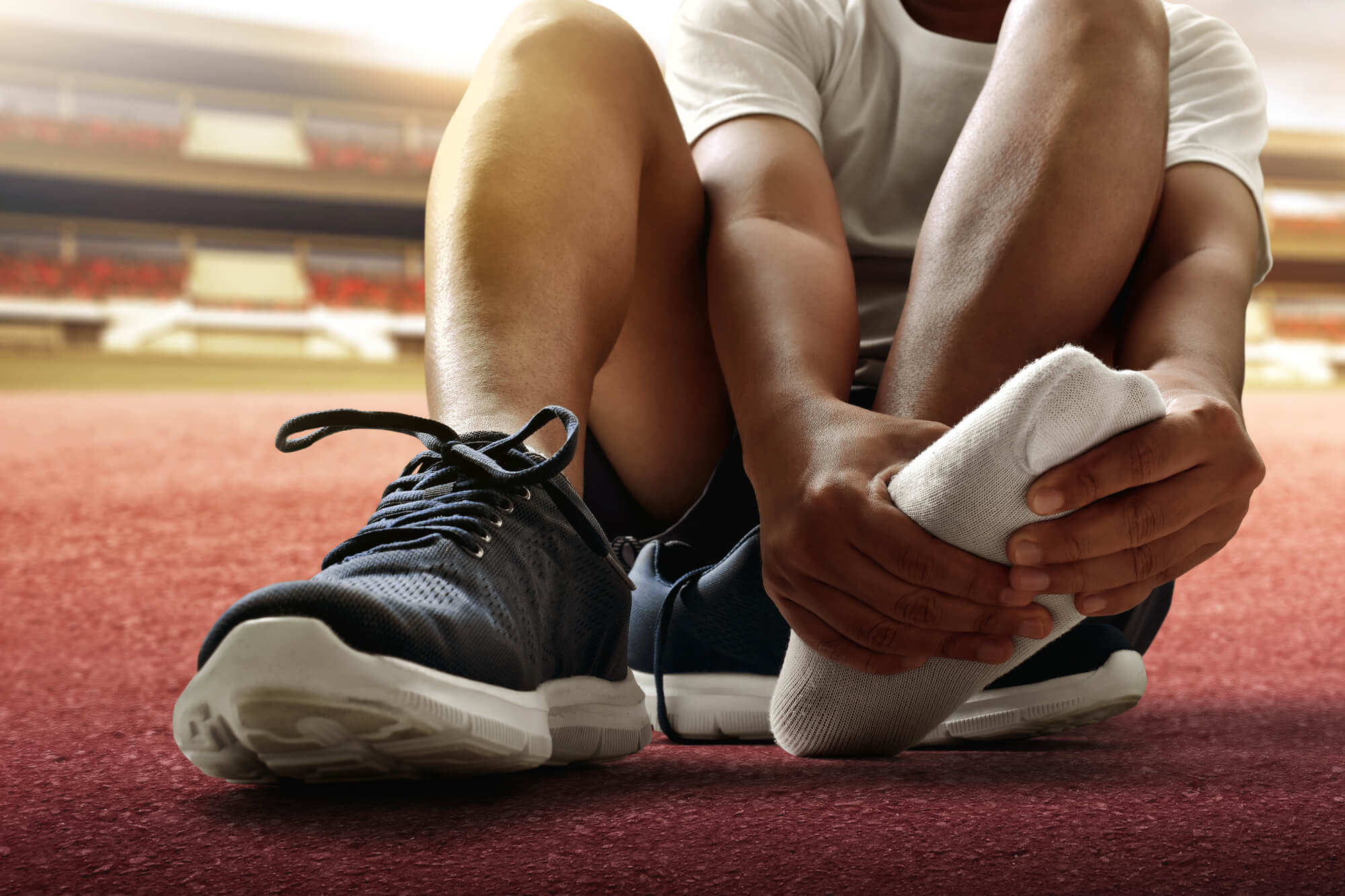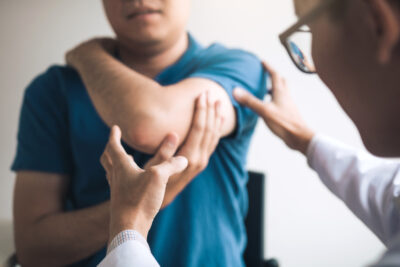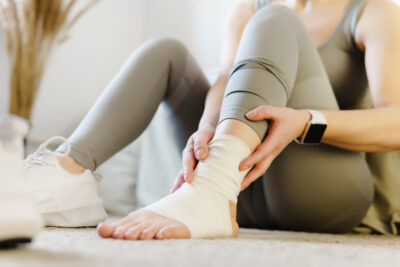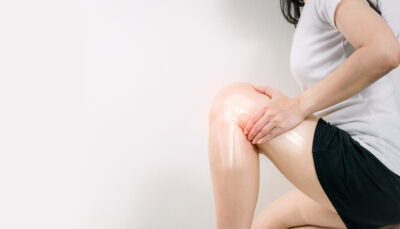Toe-to-Toe Metatarsalgia Analysis

“The forefoot absorbs as much as 110 tones of cumulative force per mile during running, which makes your metatarsals, the five long bones that run from your arch to your toes, one impressive set of shock absorbers.” 1 When you push off to run or dance, your body weight transfers to the metatarsals. Metatarsalgia occurs when the metatarsals bear a disproportionate amount of your weight, causing pain and inflammation in the ball area between the arches and toes.
Who is at higher risk for metatarsalgia?
- Runners and high impact sports participants
- Dancers or people who move on their forefoot
- Anyone with high arches or a long second toe
- People with foot deformities, hammertoes, bunions, and calluses on the bottom of their feet
- Wearers of ill-fitting shoes, worn-out shoes or high heels
- Anyone carrying excess weight
- Someone with small stress fractures
- People with Morton’s neuroma
- The population with rheumatoid arthritis, osteoarthritis or gout
Symptoms of metatarsalgia:
- Sharp, aching or burning pain in the ball of the foot
- Pain that worsens with weight and movement
- Bruising, swelling and inflammation
- Numbness or tingling in the toes
- The feeling of a pebble inside your shoe
Metatarsalgia can cause hammertoes, calluses, and walking with a limp to compensate for the pain in the ball of the foot, which causes more pain in other parts of the body like the lower back and hip. An examination to determine the cause of your foot pain includes medical history, symptoms, manual foot examination, gait analysis, X-rays to rule out stress fractures, and a possible ultrasound or MRI to assess the soft tissues surrounding the metatarsophalangeal joints.
The DOC team of orthopedic surgeons, PAs, PTs, and pain management specialists may recommend conservative treatments, including:
- Shoes with good soles, a wide toe box and a low heel
- Callus removal
- Orthotics, such as an inner heel wedge and/or metatarsal pads
- Ice and anti-inflammatories
- Activity modification
- Physical therapy to restore structure, function and gait mechanics
- Exercises and stretching to strengthen foot muscles
If these measures do not help to relieve metatarsalgia, an injection or surgery may be necessary to provide relief for your foot pain and dysfunction. Discuss options with the DOC healthcare team.
For more information on the cost of care, click here




